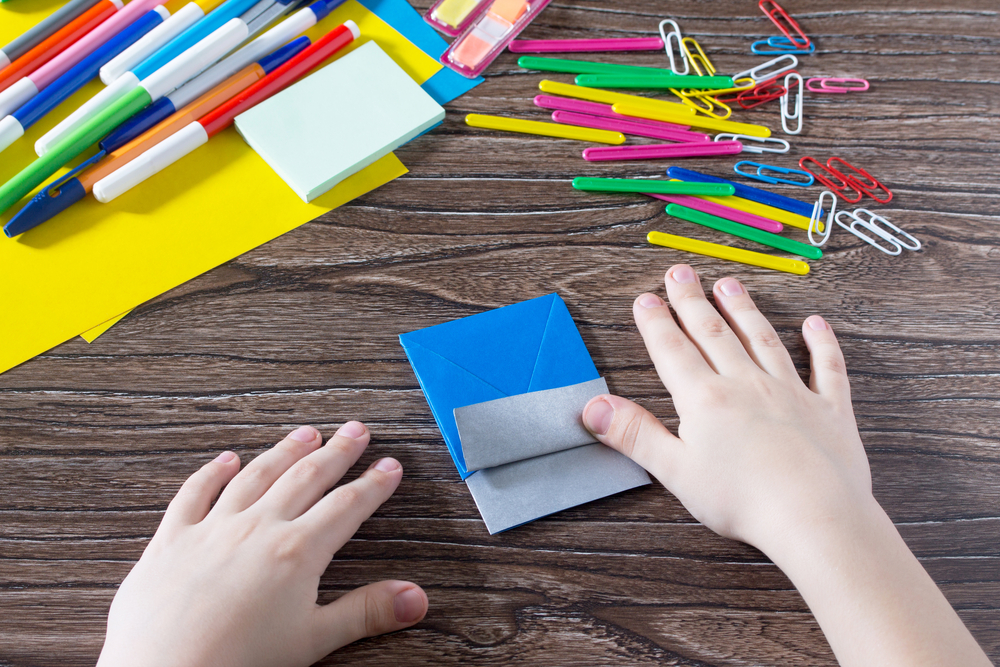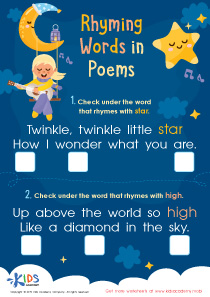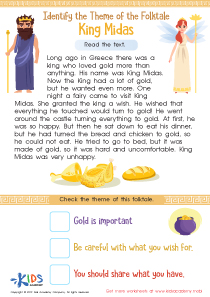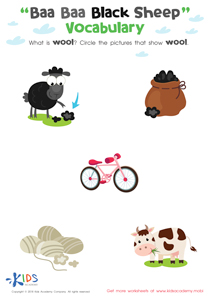Story comprehension Normal Reading Worksheets for 6-Year-Olds
5 filtered results
-
From - To
Unlock the world of stories with our Story Comprehension Normal Reading Worksheets for 6-Year-Olds. Designed to enhance young learners’ reading skills, these engaging worksheets help kids grasp the essence of each story they read. Through fun activities such as answering questions, sequencing events, and identifying key elements, children develop better comprehension and critical thinking abilities. Ideal for making reading interactive and enjoyable, our worksheets use age-appropriate texts to challenge and inspire young minds. Give your child the tools to succeed in reading and beyond with these thoughtfully crafted worksheets focused on story comprehension. Start the learning adventure today!
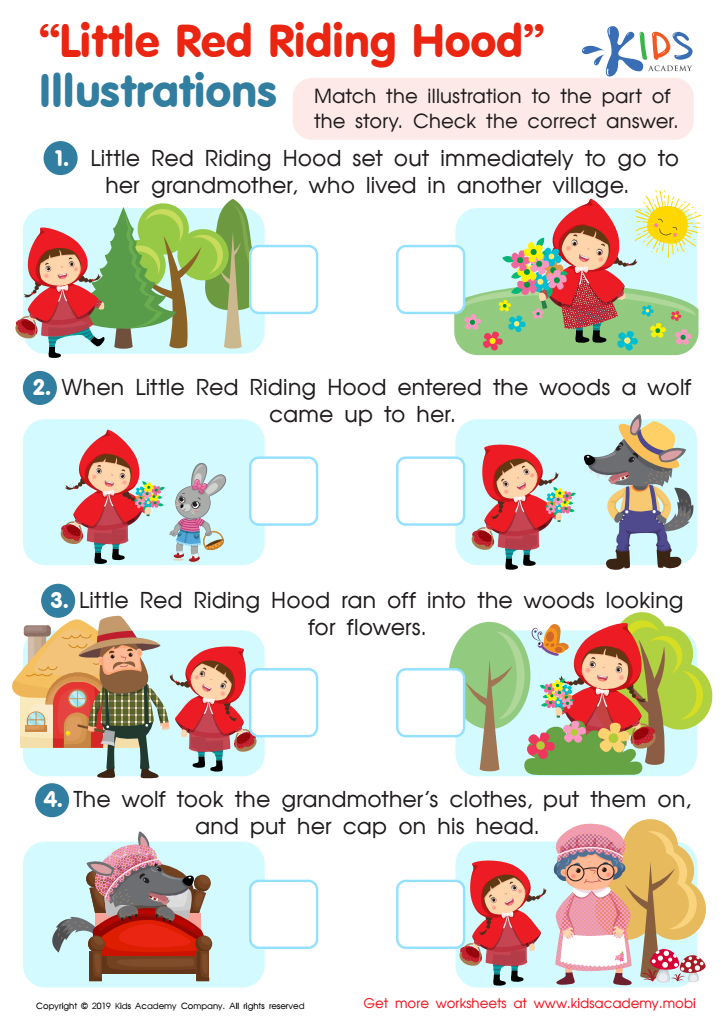

Little Red Riding Hood: Illustrations Worksheet
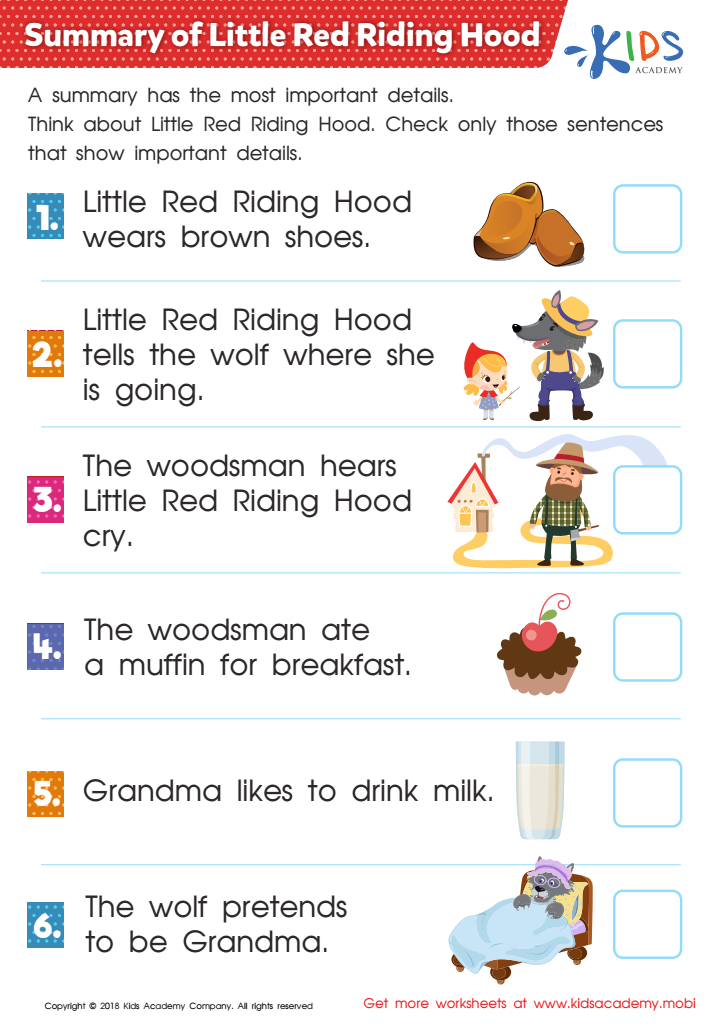

Summary of Little Red Riding Hood Worksheet
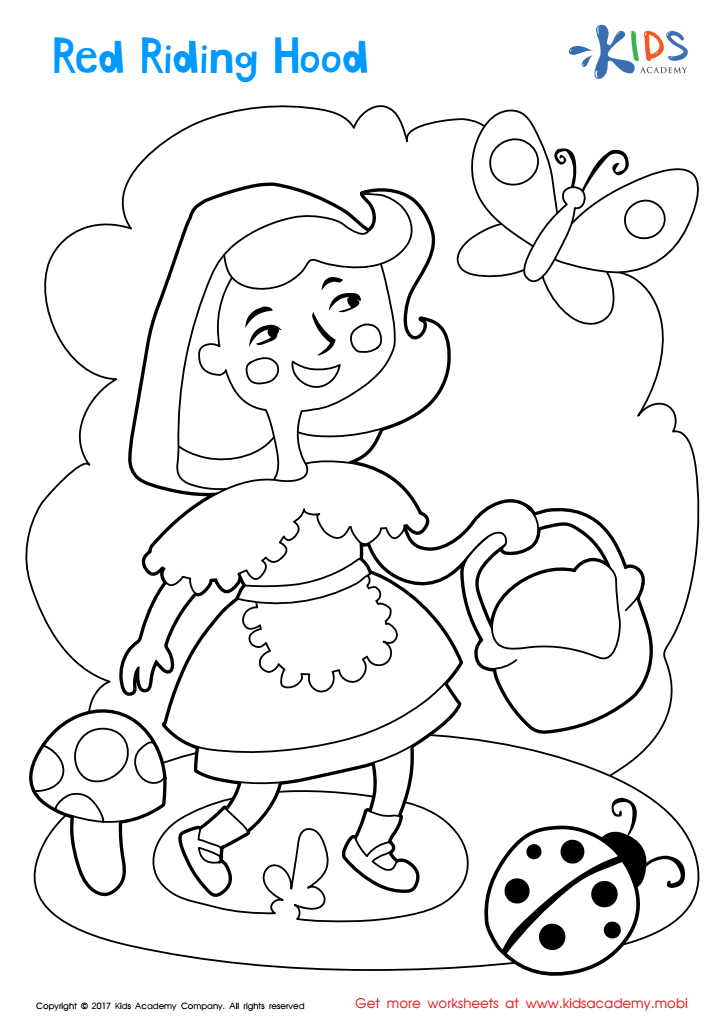

Red Riding Hood Coloring Page
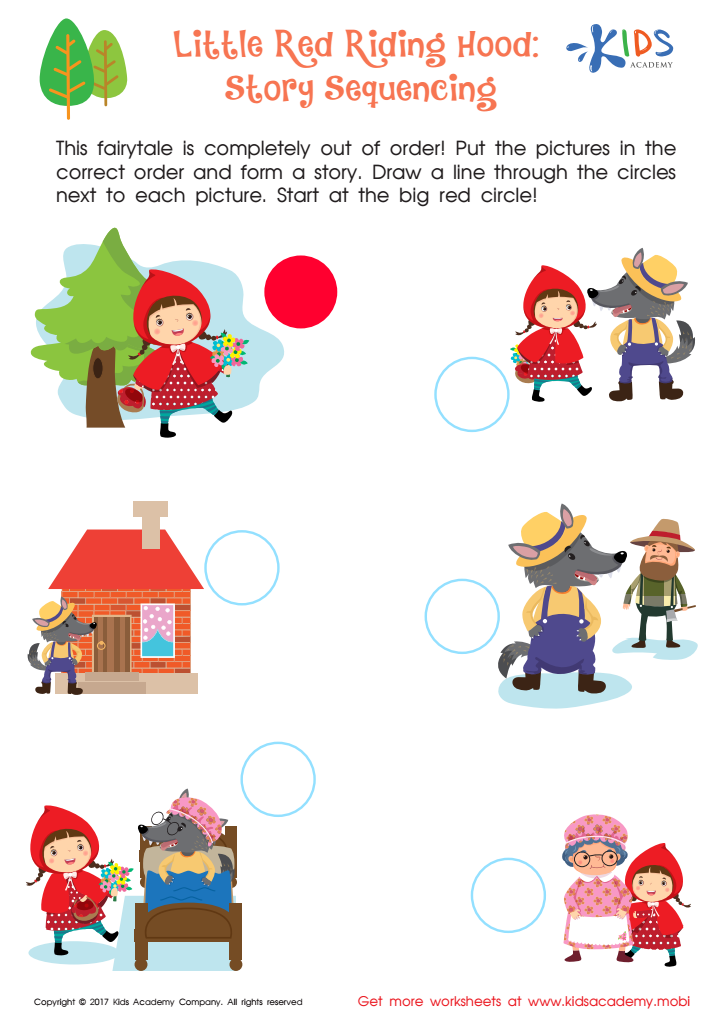

Story Sequencing Printable
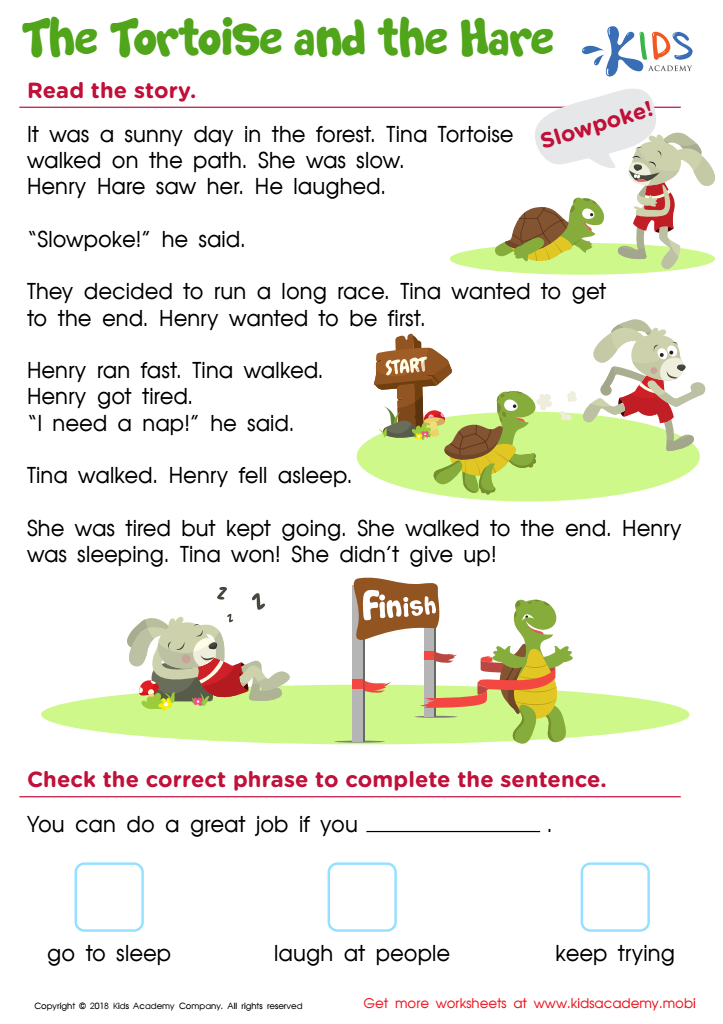

The Tortoise and the Hare Worksheet
Understanding story comprehension during normal reading is crucial for 6-year-olds because it forms the bedrock of their future learning and cognitive development. At this age, children are transitioning from learning to read to reading to learn. Comprehension ensures they grasp not only the ability to decode words but also the meaning behind them, which is critical for overall academic success.
Firstly, story comprehension aids in vocabulary expansion. As children are exposed to different words in context, they can infer meanings and enrich their language abilities. Relatedly, it improves listening skills and cognitive ability to process spoken language, which bolsters communication skills.
Secondly, comprehending stories nurtures creativity and imagination. When kids, through stories, visualize scenarios or relate to characters’ emotions, they develop empathy and problem-solving abilities. This emotional engagement is essential for their social and emotional development.
Moreover, good comprehension practices enhance critical thinking skills. Discussing stories develops a child's ability to question, interpret, and make predictions, all of which are vital for independent thinking and basic reasoning.
Finally, fostering a love for reading through comprehension leads to lifelong learning. If children find joy and meaning in stories early on, they are more likely to become enthusiastic readers, opening doors to endless educational opportunities throughout their lives.

 Assign to My Students
Assign to My Students







